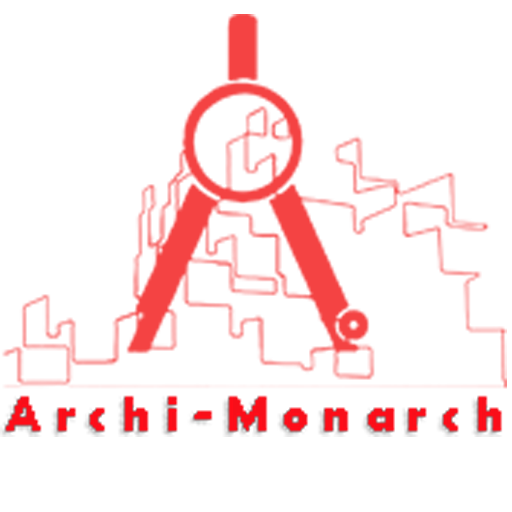Aluminium windows and ventilators are widely used in modern architecture due to their durability, aesthetic appeal, and low maintenance requirements. Aluminium, being a lightweight yet strong material, allows for slim frame designs that maximize natural light and provide unobstructed views.
Its resistance to corrosion makes it ideal for use in a variety of climates, particularly in coastal or humid areas. In addition, aluminium windows and ventilators can be easily fabricated in different shapes and sizes, offering flexibility in design and allowing architects to achieve both functional and artistic goals.
These elements are often integrated with energy-efficient glazing systems to enhance thermal performance and indoor comfort. Overall, aluminium windows and ventilators contribute to the sleek, contemporary look of buildings while supporting sustainable and efficient design practices.
If you want to know about the staircase detail or toilet detail or miscellaneous detail, please click the link.
Image of Aluminium windows and ventilator detail and downloadable (in DWG) link below

Aluminium windows and ventilator detail drawing – 1
In construction, aluminium window and ventilator detail drawings are essential components of architectural and structural documentation. These drawings provide precise information about the dimensions, materials, joints, fixings, and installation methods for aluminium frames used in windows and ventilators.
Key Aspects of Aluminium Window and Ventilator Detail Drawings:
- Frame Profile:
The drawing includes cross-sectional views of the aluminium frame, showing the size and shape of the mullions, transoms, and sash. These profiles are often extruded aluminium sections with thermal breaks for energy efficiency. - Glazing Details:
It shows how the glass is fixed within the frame — including glazing beads, gaskets, and sealants. Double or triple glazing units are common in modern construction for thermal and acoustic performance. - Fixing and Anchoring:
Details show how the aluminium frame is anchored to the building’s structural elements, such as concrete, brick, or block walls. It includes brackets, screws, and sealing systems to ensure water and air tightness. - Ventilator Components:
For ventilators, the drawings show operable sections such as louvered vents, top-hung or side-hung openings, or sliding systems. They also detail handles, hinges, stays, and mechanisms for manual or automated operation. - Waterproofing and Drainage:
Sectional views indicate sill design, slope, drainage paths, and weep holes to prevent water ingress and direct rainwater outward. - Thermal and Acoustic Insulation:
Where applicable, thermal break systems, insulation infill, and soundproofing elements are highlighted. - Joinery and Joints:
The junctions between frame elements, or between the frame and adjacent building materials, are detailed to show proper sealing, expansion allowances, and finishes.
These detail drawings are crucial during the fabrication and installation stages, ensuring the correct assembly and performance of the aluminium window and ventilator systems. They’re often accompanied by specifications, material schedules, and performance criteria in construction documents.
Our tips to help you improve your architectural Aluminium windows and ventilator detailing.
